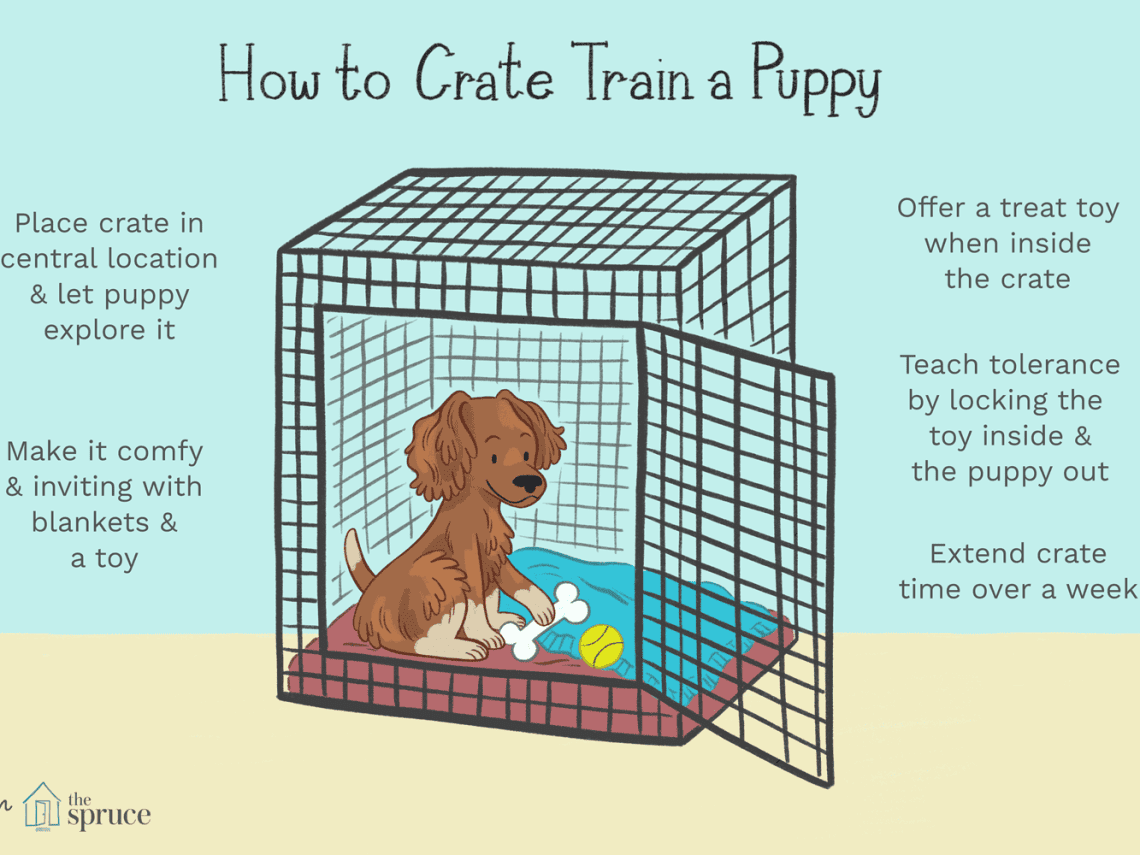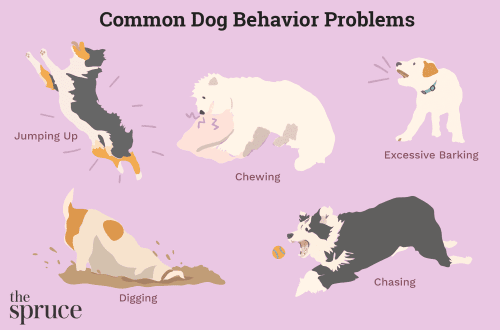
How to kennel train your dog: 5 steps from Hill’s experts
Many owners of country houses, before getting a dog, think about the place of its maintenance. Is it possible to accustom a pet to a booth?
If a dog is bred in a private house for protection, then most likely the dog will live in a booth or aviary, and not at home.
Contents
Booth selection
To begin with, it is worth deciding what the booth will be: ready-made or made by yourself. Both when buying and during construction, the following parameters should be evaluated.
Booth size. The pet should be comfortable inside, so the larger the dog, the larger the booth should be. The animal should calmly sit down inside, while not reaching the top of the head to the ceiling. The length of the booth should be such that the pet can stretch out to its full height and put its muzzle on its paws. If the dog can only lie curled up in a ball, the dwelling is not enough.
Booth materials. There are different options for materials for a dog house. The simplest, most comfortable and environmentally friendly is wood. It is important that there are no splinters and chips inside the booth. Outside, it is better to treat the tree with antiseptics and cover it with a special anti-mold compound. There are plastic and metal options, but they do not keep heat inside at all, and a metal booth will not be easy to assemble on your own.
Booth location. To install the booth, it is better to choose the highest place on the site so that the dog has a full view of the entire territory. At the same time, the house should be placed so that the wind does not blow inside and the room does not dry out. It is advisable to have a booth with an entrance to the gate or gate. With a good view, it will be easier to accustom the dog to the kennel.
Interior. It is necessary to assess the weather conditions in the region. Even long-haired large dogs, such as Alabai, in winter at temperatures below -30 degrees, will need additional insulation in the booth. But if the dog lives with the owners in the southern region, then, on the contrary, the booth should be well ventilated so that the pet does not get heat stroke. You should carefully consider the choice of bedding: do not use old carpets and rags, they absorb and retain moisture too well, and can also become a breeding ground for fleas and ticks. Straw and sawdust are more suitable: they are better ventilated and easy to replace.
How to train a dog for a new kennel
When all the preparations are completed, you can begin the process of accustoming. It consists of five stages.
Put bedding and your dog’s favorite toys in the kennel.
Give your pet time to explore the booth itself and the surrounding area. The dog should sniff everything properly and get used to it.
Conduct training and physical activity in the immediate vicinity of the booth: when the dog gets tired, he will be able to climb inside and rest.
In the first days of accustoming, leaving your pet in the booth should be for a short time, about 40 minutes. You need to give her time to get used to the new room.
Reward the dog with a treat or food if he climbed inside on his own and stays in the kennel for a long enough time.
At first, you should not leave the dog in the booth for the night, especially if he treats the room with distrust. If the dog whines and does not want to be in the booth, do not force him to do this.
Why does the dog not like the booth
If the animal categorically refuses to be in the booth, you need to try to find out the reasons for this behavior.
Smell. The dog may not like the smell of the kennel material or bedding. You can replace straw and sawdust and put fresh materials inside.
Temperature. It may be too cold or hot in the booth, blowing from below or from under the roof, and the skin may leak.
dimensions. The dog may be too crowded in the booth, so it is deprived of the opportunity to fully turn around and lie down comfortably.
If a dog doesn’t want to live in a kennel, it’s probably afraid of being alone in the dark or is uncomfortable. It should be taught gradually and in no case should you scold. You may need to consult a professional dog handler.
See also:
- Top 10 Best Guard Dogs for a Private Home
- Dogs for a private home, which are not easy in an apartment
- What kind of dog to get: shepherd breeds
- The best dogs for the village





